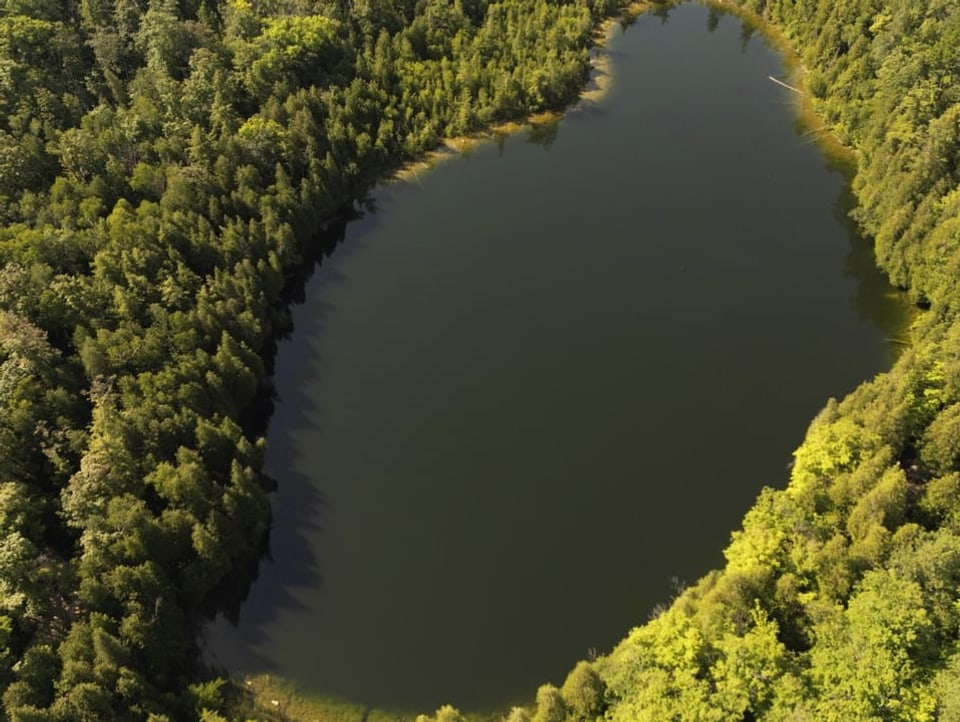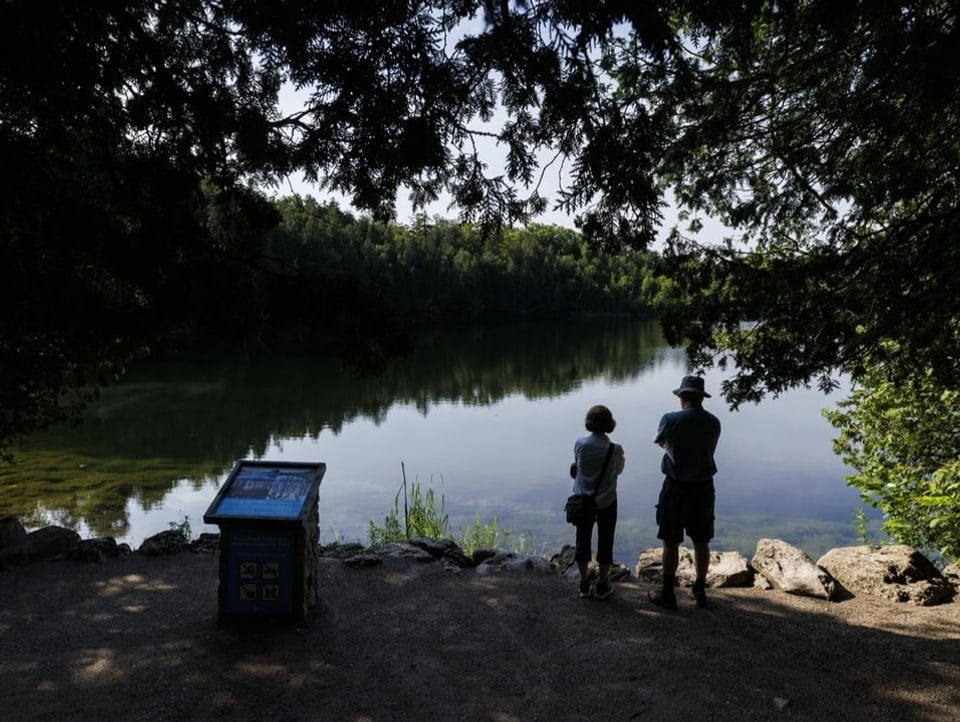Contents
Man ushered in a new era in the 1950s. Researchers find evidence of this in a small lake in Ontario, among other places.
Humans have a major impact on the planet – that has been clear for a long time. But what geologists can now prove is that the consequences of what humans do are so profound that they change everything together: that is, earth, water and air at the same time.
“Humans are overpowering the forces of the earth system,” says Francine McCarthy of Canada’s Brock University. She is a member of the Anthropocene Working Group, a working group of geologists and other researchers who want to determine whether the Anthropocene can actually be identified in the world of geology – i.e. in sediments, ice cores or rocks.
Your answer is: yes.
Parallels to the beginning of mankind
Only once in the history of the earth have there been creatures that have triggered even greater changes than humans – and that was cyanobacteria. In the early years, they were the first creatures capable of photosynthesis, i.e. using sunlight as a source of energy and producing oxygen.
Then, two billion years ago, there were so many of them that the oxygen they produced caused Earth’s atmosphere to change forever and completely. The oxygen was deadly for most organisms that lived at that time, and at the same time the prerequisite for higher life – including humans. It is changes like this that geologists see as the beginning of a new era.
The 1950s as a turning point
The point of reference for the beginning of the Anthropocene for researchers worldwide is very likely to be a small lake in Canada: Crawford Lake in Ontario.
The lake is very deep – around 24 meters – and it is small. The water below hardly mixes with that above. It’s not churned up by winds, so the layers of sediment beneath it are virtually undisturbed, explains Francine McCarty.
“The sediments are deposited year after year, and because of a chemical peculiarity, thin, white layers of limestone form in the sediment in summer. The layers in this lake are therefore almost like tree rings of a tree. So you can count them.”
McCarthy and her colleagues found fly ash from the burning of oil and coal in layers dating back to the 1950s. This was accompanied by a change in the nitrogen composition. At that time, more and more nitrogen was withdrawn from the atmosphere for artificial fertilizers.
Research results should be a “wake-up call”.
In Crawford Lake, the traces of human activity can be seen in an exemplary manner. The researchers were able to show that what applies there also applies globally: Humans are fundamentally changing the Earth system. McCarthy and her colleagues want their work to be a wake-up call. According to them, their results also mean that humans are in control of the consequences of their presence – which is what distinguishes them from cyanobacteria.
In order for the Anthropocene Working Group’s proposal to become a universal standard, three higher-level bodies still need to vote. A decision could be made by August next year.

